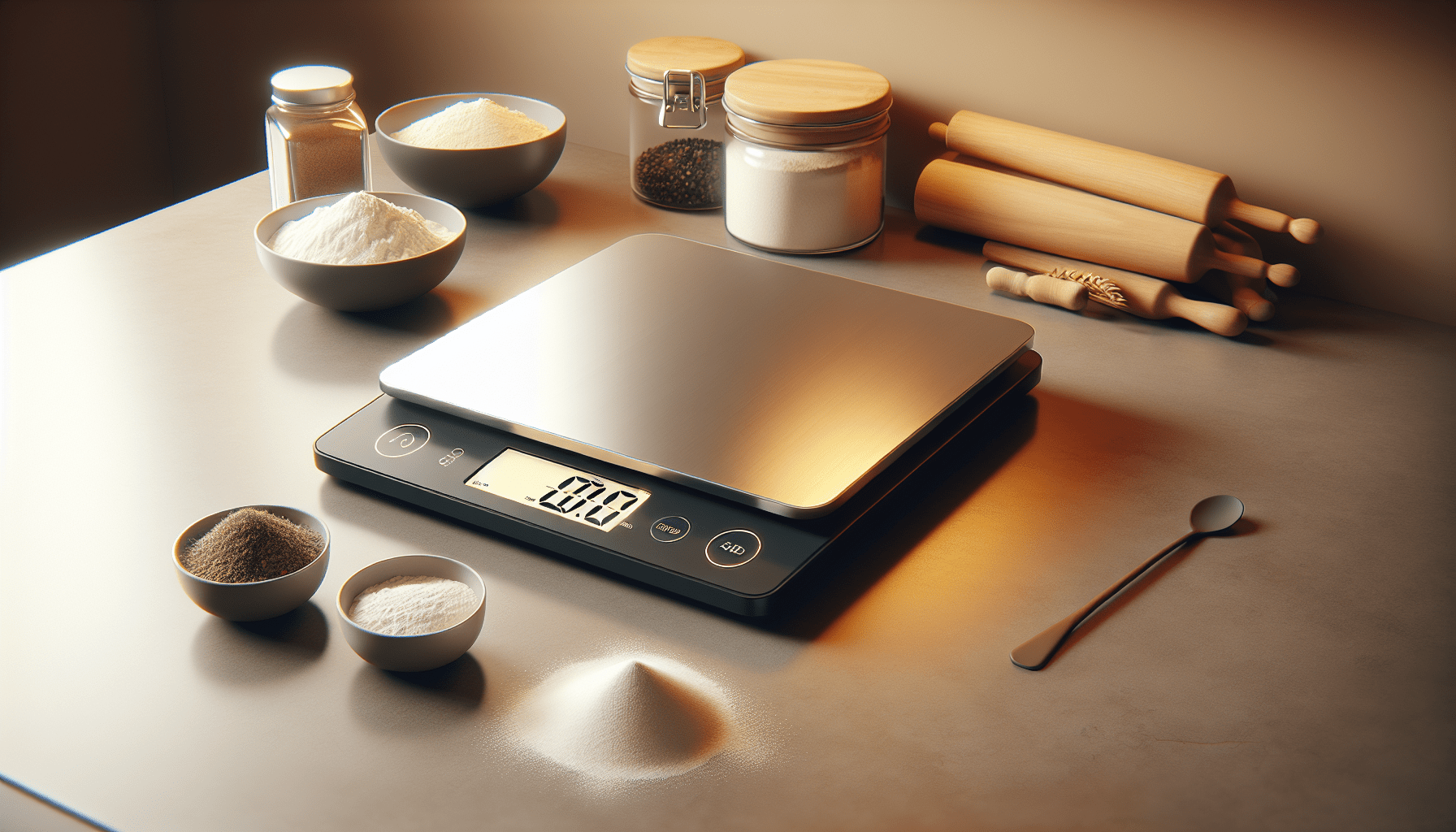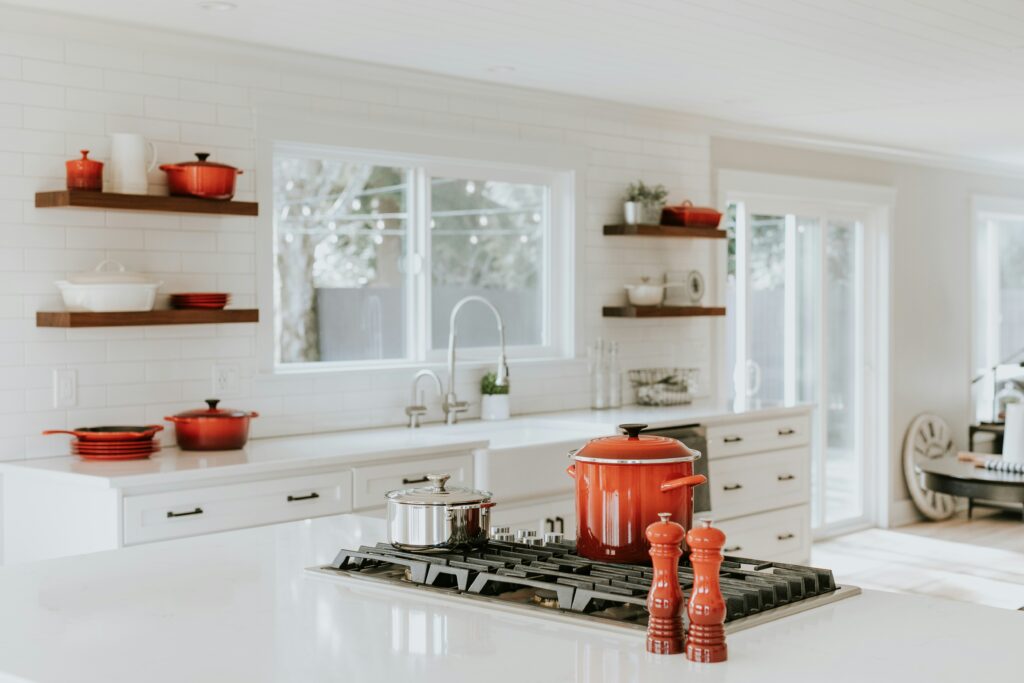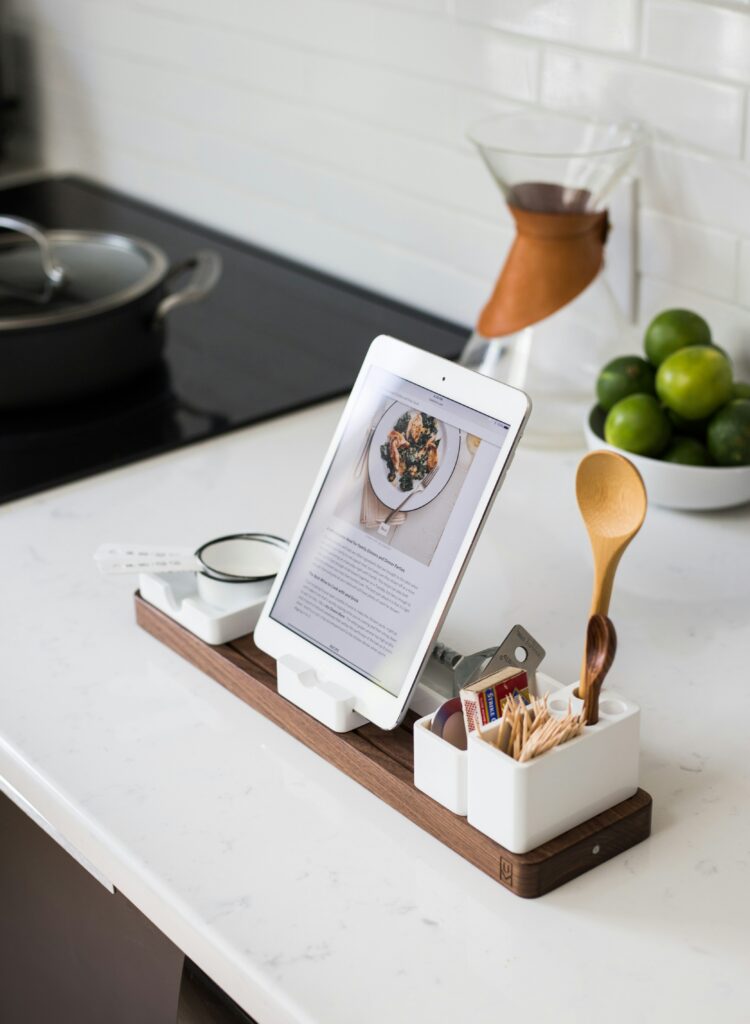How To Choose A Digital Kitchen Scale

Have you ever found yourself in the middle of a recipe only to be stumped by how much flour or sugar to add? If cooking or baking is something you regularly do, then you understand the importance of precision in measurements. A digital kitchen scale can be an indispensable tool in your culinary arsenal. But with so many options on the market, ranging from OXO and Escali to Greater Goods and AmazonBasics, how do you choose the right digital kitchen scale for your needs? Let’s take a closer look.

Understanding the Importance of a Digital Kitchen Scale
Accuracy in cooking can make all the difference between a good and a great dish. A digital kitchen scale not only helps you measure ingredients with precision but also ensures consistency, making it easier to reproduce successful results time and again. Unlike traditional measuring cups that can leave room for error, a digital scale offers exact readings, which is especially crucial for baking. Baking is a science, and as such, relies heavily on the accuracy of the ingredients used.
Moreover, using a digital scale can aid in portion control, thus helping in maintaining a balanced diet. If you are someone who likes to keep health in check by counting calories, a digital kitchen scale is your best friend.
Key Features of a Digital Kitchen Scale
When you’re on the hunt for a digital kitchen scale, you’ll want to consider several key features. These features can significantly impact the scale’s usefulness and your satisfaction with the product.
Capacity and Unit Measurements
A fundamental feature of any kitchen scale is its weight capacity and the units of measurement it provides. Most digital scales have capacities ranging from 5 to 15 pounds, but you may find some that can handle more. Depending on your needs—whether you’re measuring tiny amounts of spice or larger quantities of fruits or meat—ensure the scale’s capacity matches your requirements.
As for units, a good digital kitchen scale should measure in grams, ounces, pounds, and milliliters. Some scales offer additional units of measurement, which can be particularly handy when working with international recipes.
Precision and Increment
Precision defines how accurately a scale can measure, and increment refers to the smallest unit it can accurately measure. Look for a scale with a precision of at least 1 gram or 0.1 ounces. This level of precision is suitable for most kitchen tasks.
Tare Functionality
The tare feature allows you to zero out the scale after placing a container on it, so you only measure the weight of the ingredients inside the container. This is especially useful when you are measuring multiple ingredients in one bowl, cutting down on the number of dishes you use and, consequently, the time you spend cleaning up.
Display and Readability
A clear and easy-to-read display can save you time and alleviate frustration. Consider scales that have a backlit display, making it easier to read measurements even in dim lighting. The size of the readout screen is also important, particularly if you’re going to be busy in the kitchen and need quick, at-a-glance readings.
Design and Durability
The design can range from compact, sleek models that fit easily into tight spaces to sturdier, robust ones more suited for regular, heavy use. Think about how much counter space you have and how portable you need the scale to be. Materials like stainless steel are durable and easy to clean, which can be a significant factor for messy cooking projects.
Brand Comparison: Made Easy
To make a more informed decision, let’s compare some of the popular brands you might encounter.
| Feature | OXO | Escali | Etekcity | Greater Goods | AmazonBasics |
|---|---|---|---|---|---|
| Capacity | Up to 11 lbs | Up to 15 lbs | Up to 11 lbs | Up to 11 lbs | Up to 11 lbs |
| Units Available | Grams, Ounces, Pounds, Milliliters | Grams, Ounces, Pounds, Milliliters | Grams, Ounces, Pounds | Grams, Ounces, Pounds, Milliliters | Grams, Ounces, Pounds |
| Precision | 1 gram / 0.1 oz | 1 gram / 0.1 oz | 1 gram / 0.1 oz | 1 gram / 0.1 oz | 1 gram / 0.1 oz |
| Tare Functionality | Yes | Yes | Yes | Yes | Yes |
| Display Type | Backlit LCD | Standard LCD | Backlit LCD | Standard LCD | Standard LCD |
| Material | Stainless Steel | Plastic | Glass | Plastic | Stainless Steel |
| Price Range | Moderate | High | Low | Low to Moderate | Low |
Evaluating Your Personal Needs
Before making a purchase, consider how you plan to use your digital kitchen scale. Are you a frequent baker who needs precision for measuring flour and sugar? Or are you a casual cook who needs a versatile scale for occasional use?
Frequency of Use
If you plan to use your scale frequently, investing in a durable, slightly more expensive scale might save you money in the long run. A robust, reliable option can handle regular use without losing accuracy or showing wear and tear.
Types of Meals You Cook
Consider the types of meals you often prepare. If you’re into baking or want to try complex recipes, precision is non-negotiable. In contrast, if you’re mostly cooking simple meals, a basic model might suffice.
Space and Storage
Your kitchen size will play a role in determining your purchase. Compact scales are excellent for small kitchens, as they require minimal space and are easy to store. Conversely, a larger model might be more suitable for spacious kitchens or if you need the additional features larger platforms offer.

Understanding Pricing and Value
While the price range for digital kitchen scales can vary from $10 to over $50, it’s important not to equate higher cost with better performance automatically. Assessing value for money involves considering both functionality and durability. Lower-priced scales might lack some fancy features, but if they cover the essentials, they could be a good option for budget-minded buyers. Meanwhile, higher-end models often offer enhanced precision, better build quality, and additional features that can be beneficial depending on your cooking style.
Moreover, consider the warranty and customer service offered by the manufacturer, as these can significantly impact your purchasing experience and provide peace of mind.
Tips for Proper Use and Maintenance
Once you have your digital kitchen scale, some best practices will help you make the most of it and keep it functioning well.
Calibration
Ensure your scale is accurately calibrated. Calibration involves using a specific weight to check and adjust the scale for accuracy. Depending on the model, you might need to do this periodically or whenever you notice discrepancies in measurements.
Cleaning
Keeping your scale clean is crucial, especially if you store it in an area where food particles or splashes are common. A simple wipe-down with a damp cloth can prevent buildup and keep your scale looking new. Avoid submerging it in water or using aggressive cleaning agents, as these can damage the electronic components.
Battery Life
Ensure your scale uses batteries that are easy to find and replace. Opt for models that offer long battery life, and consider purchasing rechargeable batteries if compatible, both to save money and reduce waste.

Conclusion: Making the Best Choice
Choosing the right digital kitchen scale can enhance your culinary experiences, helping you achieve the precision that makes every dish delightfully consistent. By focusing on crucial features like capacity, precision, tare functionality, and design, you can find a scale that fits your specific needs without overwhelming yourself in a sea of options.
Remember, understanding your particular cooking habits and kitchen constraints will significantly guide your choice, ensuring that you pick a scale that will serve you well for years to come. Now, the next time you come across a recipe calling for a precise weight of ingredients, you’ll be well-equipped to tackle it with confidence.
